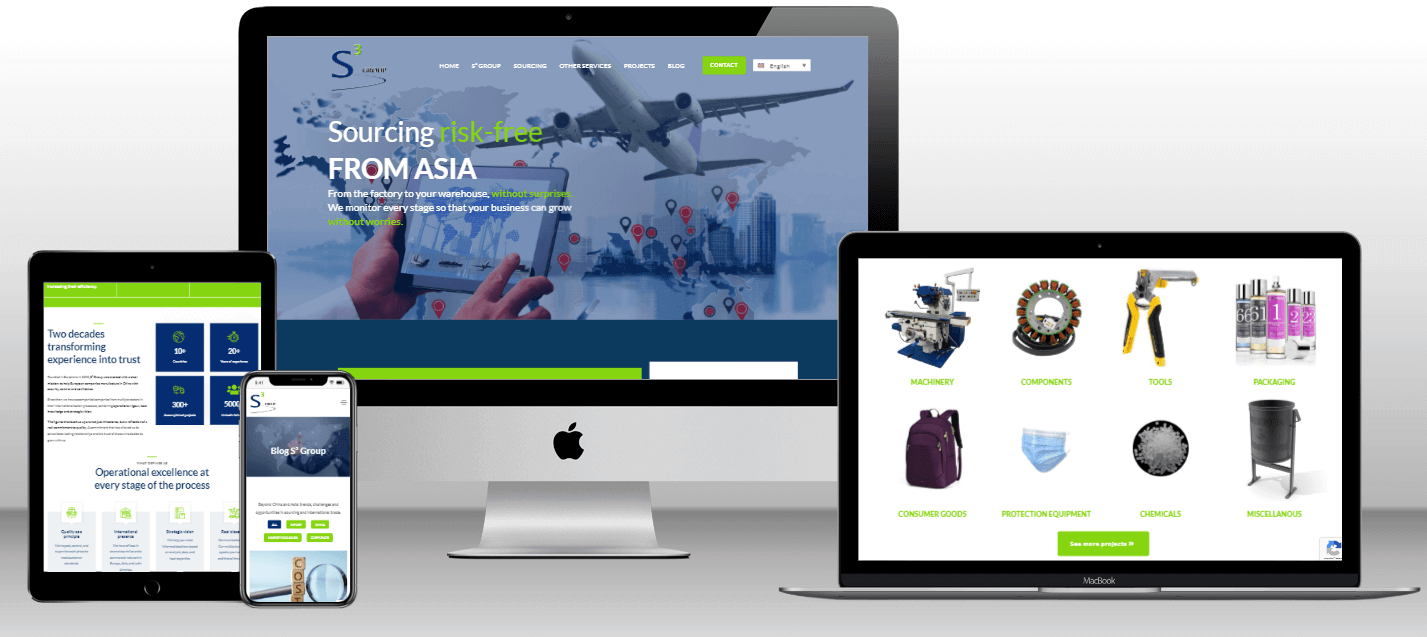We know it (very) well: when a company decides to manufacture in China, it usually focuses its efforts on getting the best price, reducing delivery times, and establishing rigorous quality control. However, there is an aspect that is often overlooked and that is as important as the production itself in many products: the instruction manual.
It may seem like a simple product complement, but it is actually a strategic tool. A well-designed user manual ensures regulatory compliance, builds consumer confidence, and reinforces brand image. Conversely, a poor or non-existent manual can become a source of legal problems, claims, and loss of reputation.
In this blog, we have already discussed several times how building a solid brand involves much more than importing a good product. We have analyzed the differences between private label and white label, the importance of customer service, how to turn a standard product into an exclusive one, and even the weight of online reviews in brand perception. All these pieces are interconnected, and the instruction manual is, without a doubt, one more of them.
Instruction Manual: more than a Legal Requirement
Complying with Regulations is the First Step
In the European Union, the regulations are clear: every imported product must be accompanied by instructions that ensure its safe use. The General Product Safety Directive and the CE marking require manuals to include warnings, installation procedures, maintenance guidelines and, in some cases, recycling or disposal recommendations.
The Manual as a Guarantee of Safety
Beyond the legal aspect, the manual is the document that ensures that the consumer understands how to use the product correctly. A clear warning about electrical hazards in a device or about small parts in a toy can prevent accidents and protect the company from legal liabilities.
Brand Image and Trust
Professionalism in Every Detail
When a customer opens the packaging of a product and finds a well-written, structured, and visually appealing manual, the perception changes. The manual not only explains, but also communicates professionalism, seriousness, and commitment to the customer experience.
Here we see a parallel with another topic we have already covered: customer service. Just as good service differentiates one company from another, a well-cared-for manual reinforces trust and builds customer loyalty, which can increase the brand's competitive advantage.
The Negative Effect of Poor Manuals
On the other hand, a poorly translated manual or one full of errors conveys carelessness and a lack of rigor because, even if the product is of quality, that detail generates distrust, something we cannot afford. In fact, various reports indicate that trust is today one of the most determining factors in the consumer's purchasing decision, especially in markets with great competition.
Cultural and Linguistic Adaptation
Localization versus Literal Translation
A common mistake is to simply translate the manual from Chinese to the language of the destination country. But translating is not enough: a process of localization is needed, which involves adapting the content to the cultural and technical context of the market.
A European consumer expects precise, structured instructions with correct technical language. In contrast, a Latin American consumer may value more practical explanations and examples applied to their daily lives.
Connection with Product Exclusivity
In another article, we talked about how to turn a standard product into an exclusive one. Well, the manual is also part of that exclusivity. A well-presented documentation, with careful design and clear examples, can turn an apparently common product into a differential proposal compared to the competition. In addition, depending on the range of products we sell, it is an excellent way to promote cross-selling, since the instructions for one product are usually a good opportunity to mention the existing complements of the same range.
Reduction of Claims and Risks
The Direct Impact on Costs
A clear manual reduces customer service inquiries, returns, and claims. Fewer incidents mean lower operating costs and more satisfaction for the consumer.
Prevention of Legal Risks
In addition, clear safety warnings help prevent accidents. Here we return to what was said about private label versus white label: while a white label product usually focuses on price, a private label brand must build trust in every detail. And a well-made user manual is a tangible proof of that commitment.
Competitive Difference
In a Saturated Market, Details Make the Difference
Many importers believe that success depends solely on price and design. However, in markets where products are becoming increasingly similar, the details make the difference.
A Manual as Added Value
An adapted, clear, and visually appealing manual reinforces the perception of quality. It becomes an added value that generates trust and can even translate into better reviews. Because, as we already mentioned in another post, reviews are today one of the most powerful ways to build reputation. And a good manual can be the reason why those reviews are positive.
Common Errors in Manuals for Imported Products
- Automatic translations without review, which generate confusing or unintelligible texts.
- Copying and pasting manuals from other products, without adapting them to the real characteristics of the article.
- Use of unclear symbols or warnings that are not understood in Western markets.
- Absence of critical warnings, which increases safety risks and legal responsibilities.
The Role of the Sourcing Partner
Coordination with Suppliers at Origin
Elaborating a manual is not only the importer's task. It requires good coordination with the manufacturers in China to collect complete technical information, as well as ensuring that the documentation adapts to the standards required at the destination.
Documentary Quality Control
The right sourcing partner not only guarantees the quality of the product, but also that of the documentation that accompanies it. This implies reviewing manuals, validating translations, and ensuring that they comply with the regulations in force in each market.
Building a Brand is also in the Manuals
As we have seen, the instruction manual, however small or simple it may be, is much more than a document that accompanies the product. It is a strategic tool that ensures regulatory compliance, protects the consumer, builds trust, and differentiates the brand in a competitive market.
And, as we have seen in other articles on this blog, building a solid brand involves taking care of every detail: from deciding between private label or white label, to offering differentiating customer service, to working on the exclusivity of the product and managing online reviews. The instruction manual is another of those invisible pillars that add value and strengthen consumer confidence.
At S³ Group, we accompany our clients not only in sourcing and manufacturing in China, but also in the documentary adaptation of their products to the destination market. This includes manuals, packaging, labeling, and certifications. Thus, clients not only import successfully, but also build brand and trust in their consumers.

















